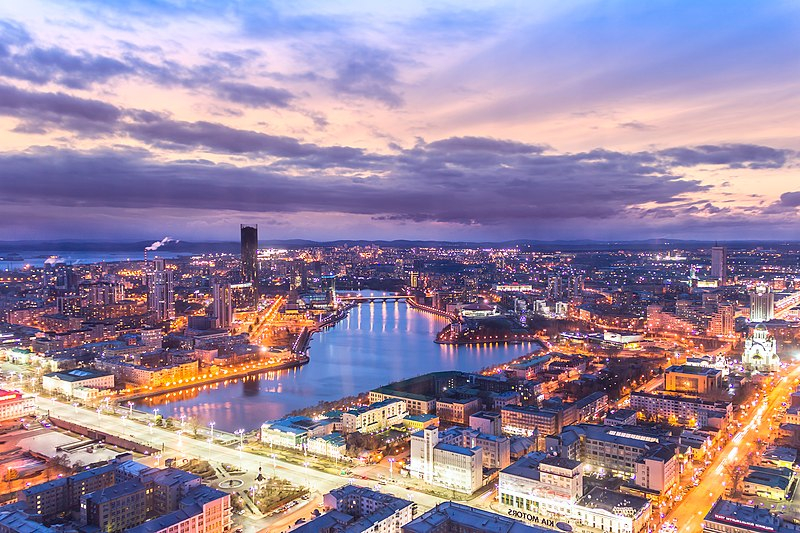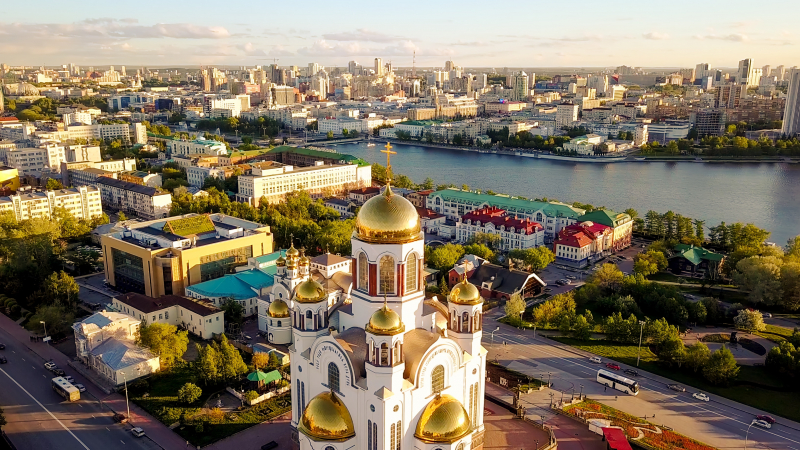Yekaterinburg
The administrative hub of Russia's Ural Federal District and Sverdlovsk Oblast is Yekaterinburg, which is also the region's largest city. The city is located on the Iset River between the Volga-Ural region and Siberia, with a population of roughly 1.5 million residents, up to 2.2 million residents in the urban agglomeration. Yekaterinburg is the largest city in the Ural Federal District, the fourth-largest city in Russia, and one of the country's major industrial and cultural hubs. Yekaterinburg, which is ranked third in terms of its economics, culture, transportation, and tourism, has been dubbed the "Third Capital of Russia."
Yekaterina, which is the Russian form of her name, was the wife of the Russian monarch Peter the Great, who became Catherine I after his death. Yekaterinburg was established on November 18, 1723, and was given that name. Yekaterinburg, one of the most significant industrial hubs in Russia, served as one of the FIFA World Cup's host cities in 2018. As a result of the city's recent economic and demographic development, several of Russia's highest skyscrapers are now situated there. Yekaterinburg, which will host the 2023 Summer Universiade, is home to the presidium of the Ural Branch of the Russian Academy of Sciences and the Central Military District of the Russian Armed Forces headquarters.
Along with New York, Tokyo, Stockholm, and Paris, the city on the border of Europe and Asia are listed by UNESCO as one of the world's top 12 ideal cities because of its rich historical and cultural background and vibrant, eclectic architectural style.
Population - 2021: 1,495,066

















